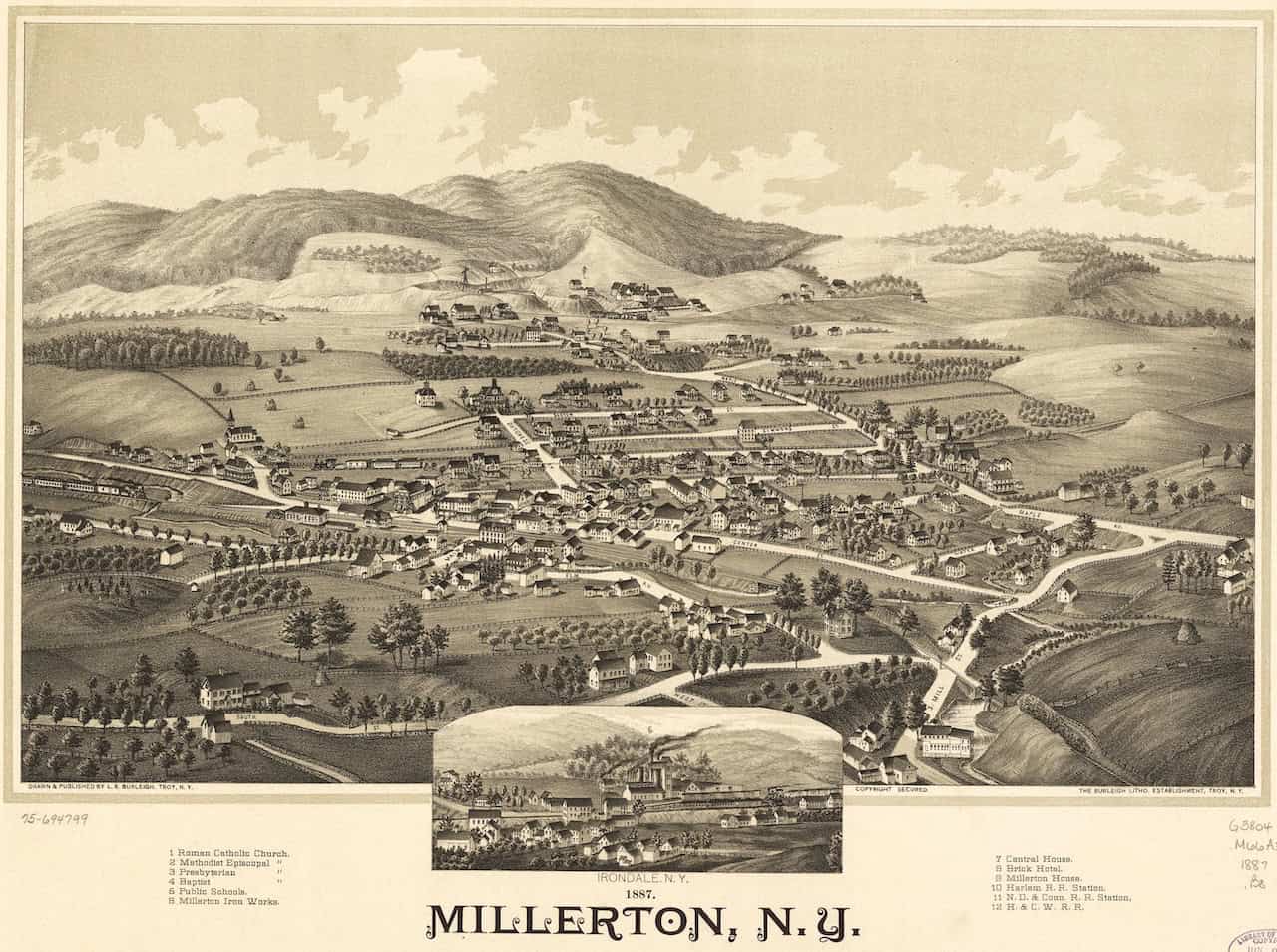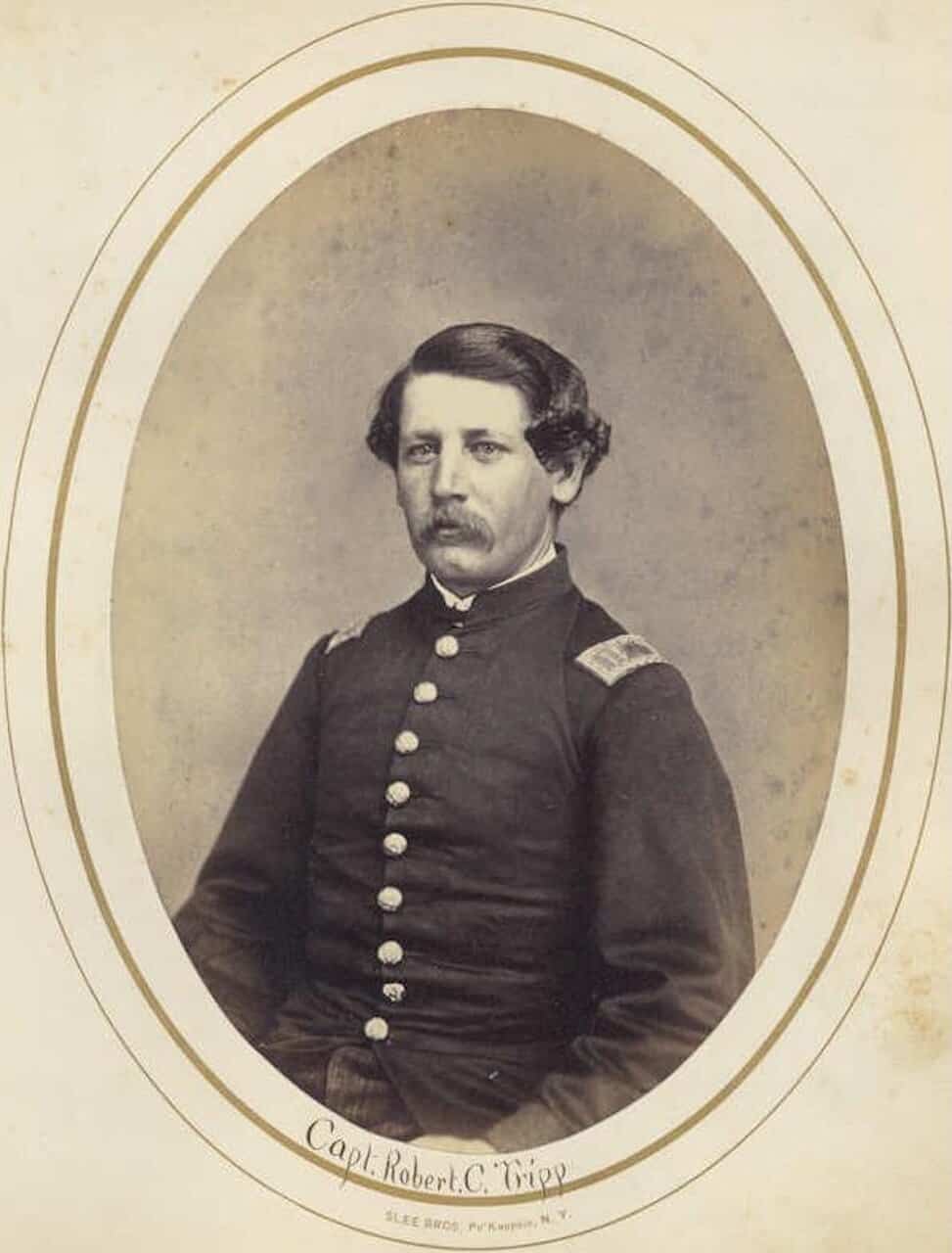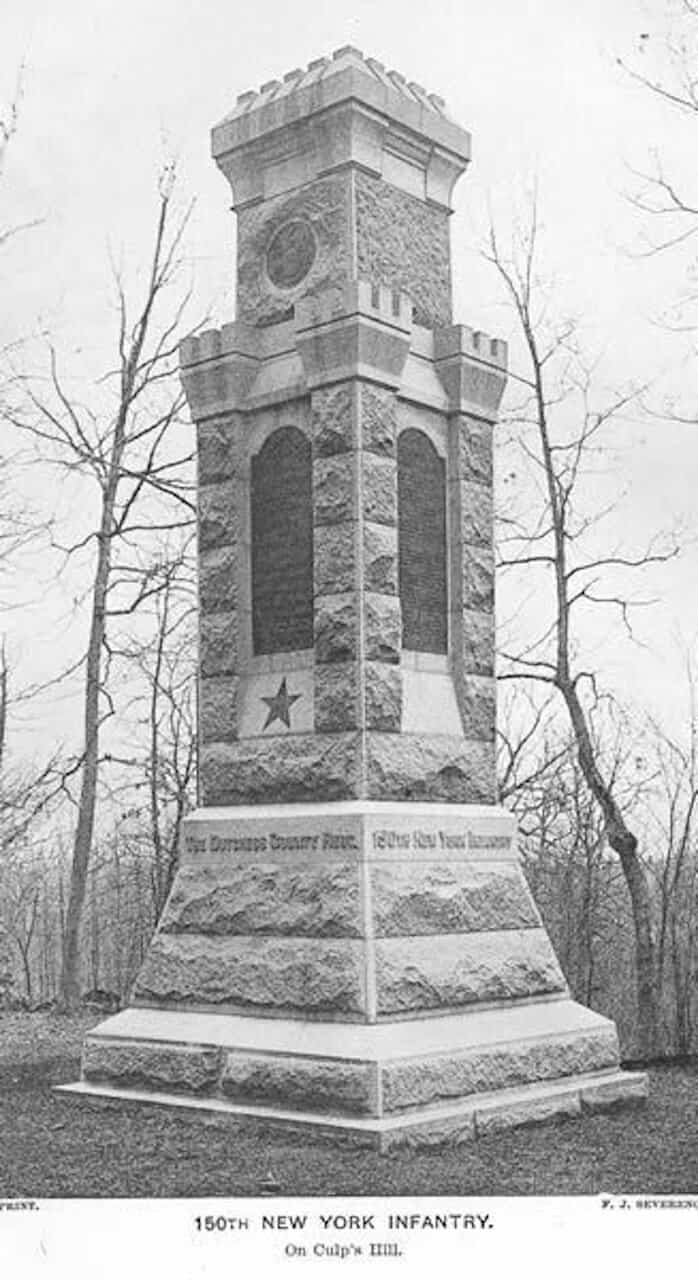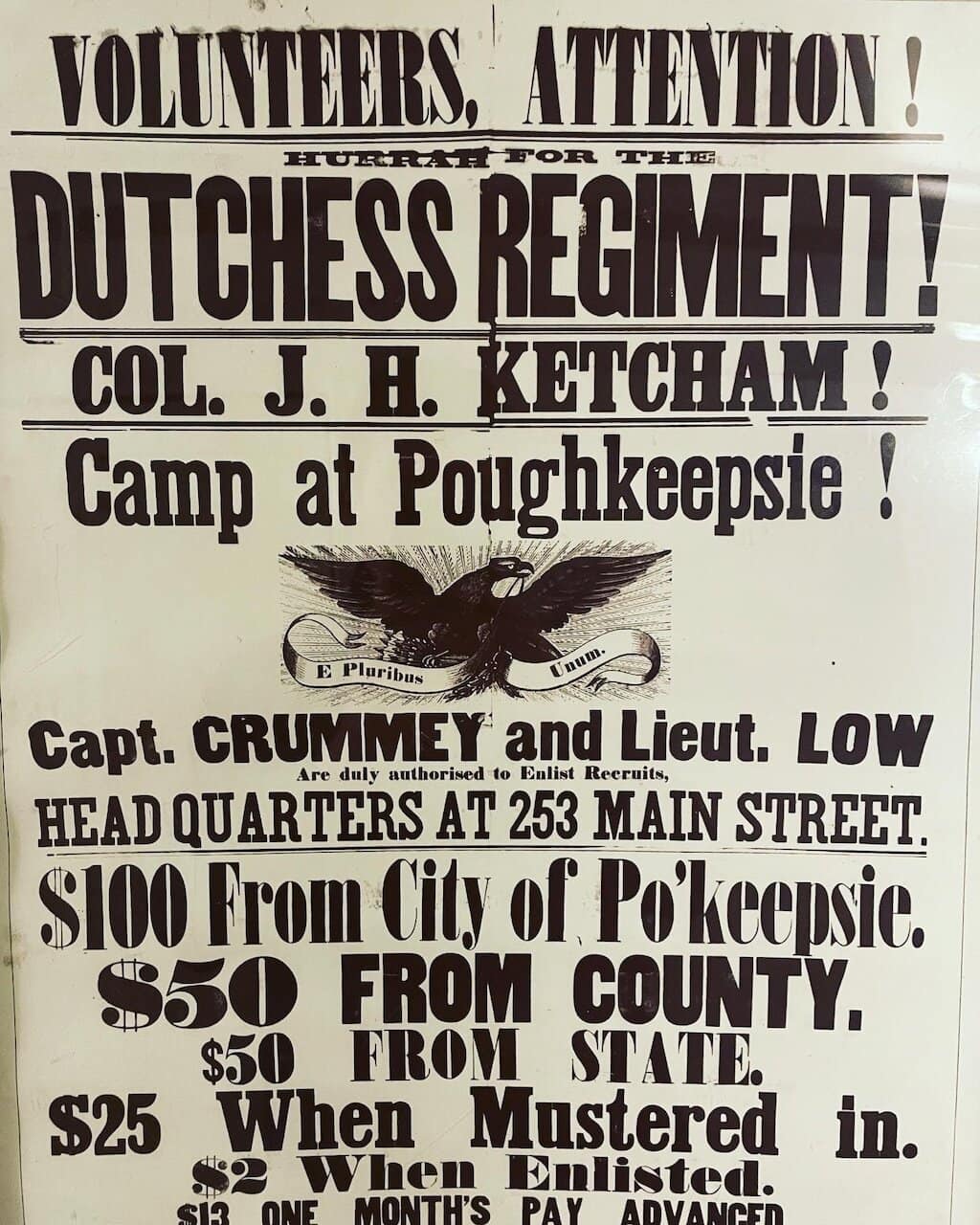Local History

Dutchess County Historical
In 1909, a gentleman by the name of Frank Hasbrouck edited the 1,000+-page The History of Dutchess County, New York, for which he kicked off the preface with this: “The year of the tercentennial celebration of the Hudson River seems an eminently fit time for the publication of one of the most important counties whose shores are washed by its waters.” And off we go!
To yours truly, a near-lifelong Columbia County resident, the opportunity to do a little poking into the not-so-recent history of my neighbor to the south didn’t seem like a bad deal at all. As I rummaged along through Mr. Hasbrouck’s tome, certain items stuck out that demanded to be let back out into the light of day.
What follows, then, is hardly what one might call a fair and balanced approach, but rather, what shiny, sparkly things stood out and grabbed my attention, with the intent being to weave some continuity into the proceedings, and with the hope that something along the way also seizes the readers’ attention. Let’s keep in mind that, as Sidney Greenstreet’s character, Casper Gutman, in The Maltese Falcon, would inform Humphrey Bogart’s Sam Spade, “These are facts, historical facts, not schoolbook history, not Mr. Wells’ history, but history nevertheless.”

150th Captain Robert C. Tripp, Company B
Northeast, Oblong, and no hogs shall roam free
Out of the work’s XXXIX chapters, my rapier-like, eagled-eyed, resolute scrutiny ultimately settled around V of those chapters, including “The Aboriginal People,” “Pioneer Settlements and Early Inhabitants,” “The Revolutionary War – Local Events,” “Dutchess County in the Rebellion,” and the “Town of Northeast” (North East, these days), in which the Village of Millerton is located.
Let’s commence at the end of that list and look in on the first town meeting of Northeast on April 1, 1823, from an account written by Philip H. Smith: “The first town meeting in Northeast as at present constituted was held at Northeast Center. The following is the earliest record: Pursuant to an act of the Legislature of the State of New York, passed March 26, 1823, for dividing the towns of Amenia and Northeast in the County of Dutchess, and erecting a new town therefrom by the name of Northeast, and directing the first town meeting to be held at the house of Alexander Neely in said town.”
Among the regulations, or town laws, passed for the town of Northeast at this meeting, was one formed from a vote in favor that “no hogs shall be suffered to roam in the highways after three months old without a ring in their nose.”
Smith would note, “The earliest settlements in Northeast were made in the Oblong tract. One reason for this was that better titles could be given to the property, which were guaranteed by the state; and, being contiguous to New England where most of the early settlers came from, these probably located at the first desirable place they came to; the iron mines were another and perhaps stronger attraction. Spencers Corners or ‘Clearing’ was among the oldest settled parts of the Oblong.”

150th Infantry Monument is located on Culp’s Hill, Gettysburg Battlefield. Courtesy of NYS Military Museum and Veterans Research Center.
The Aboriginal People
Now let’s back up a few steps and return to “The Aboriginal People,” where we find: “The territory of the Wappingers, a tribal division of the Mohicans, covered the major portion of Dutchess County. Their government scarcely differed from that of the Mohicans and other branches of the Delawares. Each tribe had its sachem and counsellors who made their own laws, treaties, etc. These, says Loskiel, ‘were either experienced warriors or aged and respectable fathers of families.’ Likewise each had its specific device or totem denoting original consanguinity. Although the prevailing totem of all the Hudson River cantons was the wolf, borne alike by Minsis, Wappingers and Mohicans, the particular symbol of the Wappingers was the opossum, tattooed on the person of the Indian, and often rudely painted on the gable-end of his cabin.”
Let’s take a second here to reflect on that. As difficult as it might be to wrap one’s head around the fact that, let’s say, woolly mammoths and mastodons once strode this area, it’s equally bizarre to contemplate that less a few short centuries ago Native Americans lived, worked, and played where we now do exactly the same. Of course, that raises the question, what will things look like around here in 500 years?
The early settlers
On to “Pioneer Settlements and Early Inhabitants” we go. And for that: “Inasmuch as Dutchess county was for some years provisionally attached to Ulster, on account of the paucity of its inhabitants, a detached census was not made until 1714. The total number of souls was four hundred and forty-five of whom twenty-nine were slaves. The list of sixty-seven heads of families then resident in the county contains the following names:
“Abrahams Beuys, John Beuys, Roger Brett, John Breines, Hendrick Bretsiert, Andreis Daivedes, Peter De Boyes, John De Grave, Frans De Langen, Peck De Wit, Roelif Duijtser, Johanis Dyckman Sienjer, Johannis Dyckman Junjor, Aendreris Gerdener, Isaac Hendricks, Bartolumus Hoogenboom, Jacob Hoghtelingh, Jacob Hoghtelingh, James Husey, Jacob Kip, John Kip, Harmen Knickerbacker, Louwerens Knickerbacker, Cellitie Kool, Catrine Lasink Wedo, Peter Lasink, Frans Le Roy, Lenar Le Roy, Lenard Lewis, Aret Masten, Gysbert Oosterhout, Whilliam Ostrander, Lowrans Ostrout, John Ostrow, [and] William Outen.
“Also, Maghell Pallmatir, Peter Palmater, Hendrick Pells, Tunis Pieterse, Jabob Plowgh, Harmen Rinders, Thomas Sanders, Willem Schot, —–ey Scouten, Henderck Sissum, Matieis Slejt, Johannis Spoor, Mellen Springsteen, Jeurey Springsten, Johnes Terbots, William Tetsort, Adaam Van Alsted, Elias Van Bunchoten, Elena Van De Bogart, Henry Van Der Burgh, Abraham Van Dusen, Balthus Van Kleck, Johanes Van Kleck, Garatt Van Vleit, Evert Van Wagenen, Swart Van Wagenen, Abraham Vosburgh, Jacob Vosburgh, Peter Vely, Dirck Wesselse, [and] Willem Wijt.”

150th Poster. Images for the Captain and poster are courtesy of angelfire.com.
Recognize anyone?
The Revolutionary War and the Hudson Valley
We now leave those early settlers behind and head off to “The Revolutionary War – Local Events” and this: “Although Dutchess County was not invaded by the British, it nevertheless became of paramount importance during the Revolution. In population and taxable wealth it exceeded other counties of the State. In addition to the large number of troops as evidenced by the lengthy muster rolls of Dutchess regiments, it furnished a very large proportion of army provisions.
“Early in the spring of 1776 materials arrived at Poughkeepsie for the construction of the frigates Congress and Montgomery for the Continental navy. They were staunch vessels of good model, the former of twenty-eight and the latter of twenty-four guns. The fate of these frigates is contained in a letter dated October 9th, 1777, from Gov. Clinton to Gen. Washington which reads:
“I have to add that by some fatality the two Continental frigates were lost, they having been ordered down by General Putnam to the defence of the chain; but being badly manned, they could not be got off in time, although I ordered the ship Congress to proceed to Fort Constitution (opposite West Point) the day before the attack; and the ship Montgomery, which lay near the chain, having neither anchor nor cables to secure her … Captain Hodge was constrained to set her on fire from falling into the hands of the enemy. The Congress, unfortunately getting aground on the flat near Fort Constitution, shared the same fate.”
The Rebellion
Last but not least, it’s time to check in on “Dutchess County in the Rebellion,” otherwise known as the American Civil War, when, “In all the larger towns meetings were held immediately upon the fall of Fort Sumter. Men and money were freely tendered for the defense of the Union. Enlistments commenced forthwith, and the action of the citizens was everywhere prompt and enthusiastic.”
After initially joining with Columbia County to form the 11th District, for which Tivoli was designated the regimental camp, in 1862 the camp was moved to Hudson, to be known as Camp Kelly, where more than a thousand men organized. Ultimately, “The 128th was mustered out in Savannah, July 12, 1865, and sent
to Albany to be paid off. The regiment went out with 993 men and returned with only five hundred.”
Later, in August 1862, the county board of supervisors “adopted measures for the raising of a Dutchess County Regiment, so that the county’s full quota of troops could be raised without a draft. After obtaining the required permission from the Governor, the war committee on the 26th of August, selected Hon. John H. Ketcham for Colonel of this regiment, Alfred B. Smith for Major, George R. Gaylord for Quartermaster and William Thompson for Adjutant.
“The regiment was designated the 150th, and recruiting offices were opened by Joseph H. Cogswell, Robert McConnell, Henry A. Gildersleeve, William R. Woodin, Andrus Brant, John Green, Edward Wickes, Edward Crummey, Benjamin S. Broas and John S. Schofield. As soon as eighty men were enrolled by any one of these gentlemen, he went to Albany and received his commission as Captain. … The regimental camp was located at Poughkeepsie, just north of the old Alms House farm, and was named Camp Dutchess.” From this camp, on Saturday, October 11, 1862, the 150th was mustered into service.
The following summer, the 150th found itself in Gettysburg, arriving “between 4 and 5 o’clock on the morning of July 2nd, 1863, and was assigned to the 2nd brigade, first division, of the 12th corps. It was held in reserve until the afternoon of that day…. The 150th returned during the night to the position of the 12th corps, on the extreme right of the National line, at the barb of the hook formed by Cemetery Ridge, on the crest of which from Culp’s Hill to Round Top, Meade’s army was posted.”
“While the contest for the possession of Little Round Top was in progress,” the 150th made “a vigorous attack” at Culp’s Hill. “This was the first actual fighting in which the 150th regiment engaged. Its casualties were 8 killed and 23 wounded. Some 200 of the rebels surrendered to it.” •
For the record, a downloadable pdf of The History of Dutchess County, New York is available at archive.org.
